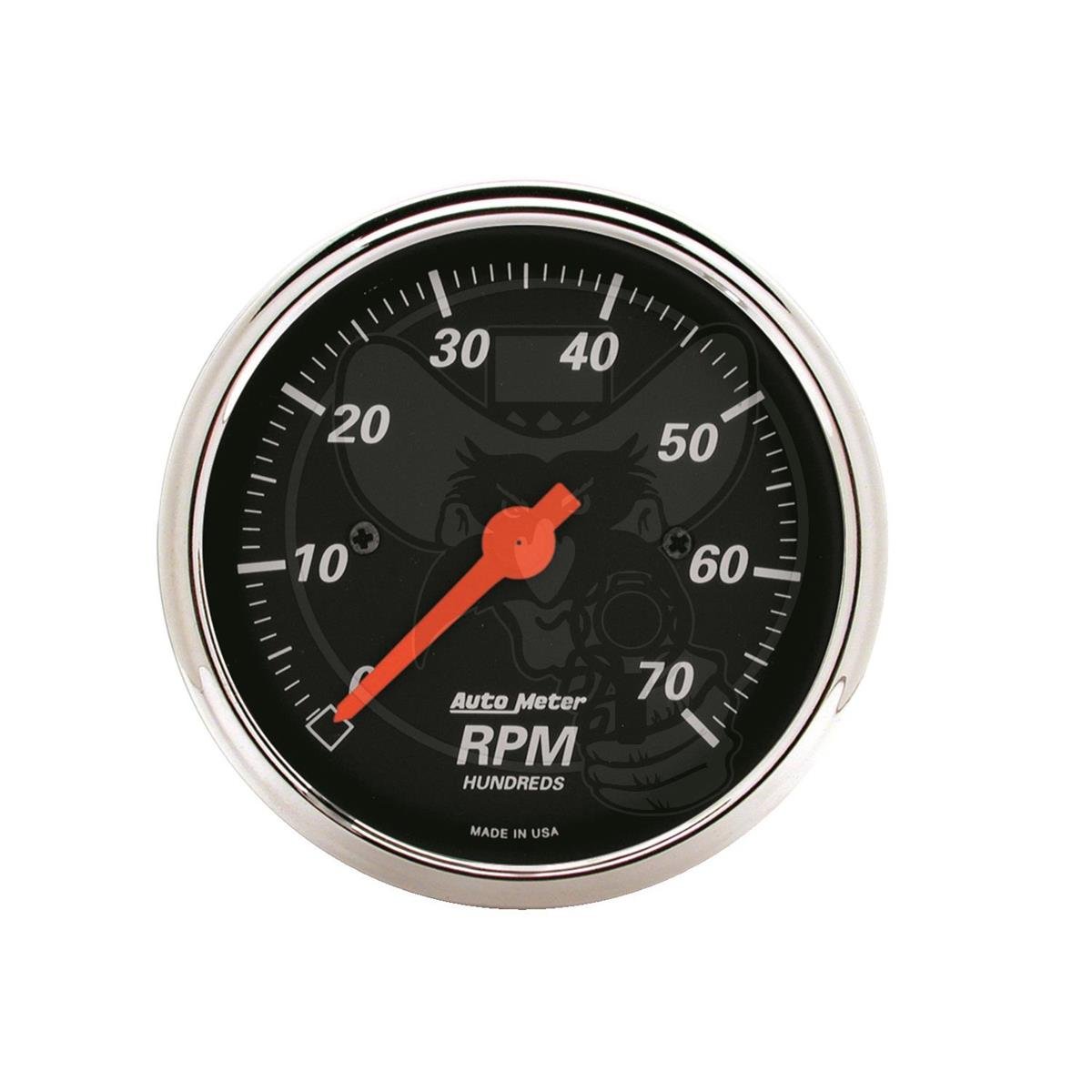Top Reasons Why Every Motorist Needs a High-Quality Tachometer
Top Reasons Why Every Motorist Needs a High-Quality Tachometer
Blog Article
Discovering the Functions and Benefits of a Tachometer: A Comprehensive Guide for Automobile Fanatics
From offering real-time data on engine speed to helping in enhancing gear changes, the tachometer serves as more than just a dial on the control panel. Its multifaceted features not only boost driving experience yet additionally play a crucial duty in keeping engine health and performance.
Recognizing the Basics of a Tachometer
In the realm of vehicle instrumentation, comprehending the basics of a tachometer is necessary for any vehicle enthusiast looking to delve into the intricacies of engine efficiency monitoring. A tachometer, commonly presented on the control panel of a vehicle, measures the engine's changes per min (RPM)
Tachometers commonly have a scale marked in changes per min, with a redline suggesting the optimum rate at which the engine can securely operate (tachometer). This information is important for stopping engine damages and maximizing gear changing for hand-operated transmissions. Furthermore, tachometers can assist in identifying engine concerns such as misfires or a failing ignition system by finding irregular RPM analyses
Value of Keeping An Eye On Engine Rate

Keeping an eye on engine rate is an important aspect of automobile upkeep and efficiency optimization for auto enthusiasts and experts alike. The engine speed, determined in revolutions per min (RPM), suggests just how fast the engine's crankshaft is rotating. By keeping a close eye on the RPM, motorists can make certain that the engine is operating within the ideal range, preventing possible damage from over-revving or delaying. Keeping track of engine rate is specifically important throughout equipment changes, as it aids drivers identify the ideal time to change gears for smooth acceleration and effective gas usage.
In addition, tracking engine rate can additionally supply beneficial insights into the overall health of the vehicle. Unusual variations in RPM may suggest issues such as a clogged up air filter, gas system problems, and even engine misfires. By spotting these abnormalities early on via the tachometer analyses, motorists can deal with possible problems immediately, protecting against extra severe damage and expensive repair work down the line. In general, monitoring engine speed with a tachometer is a fundamental technique that can boost driving performance, extend engine life, and make sure a more secure and a lot more enjoyable driving experience.
Enhancing Performance Through Gear Shifts
Optimizing performance through critical equipment shifts is a crucial facet of making best use of a vehicle's effectiveness and power outcome. Correct gear shifting ensures that the engine runs within its ideal power band, enabling smooth acceleration and improved fuel economy. When changing equipments, it is vital to take note of the engine speed indicated on the tachometer. By keeping an eye on the engine revolutions per minute (RPM), chauffeurs can determine one of the most visit this site opportune moments to upshift or downshift for ideal efficiency.

To accomplish peak efficiency with gear changes, chauffeurs need Continue to practice smooth and timely changes between gears, matching engine rate with road speed to harness the complete potential of their vehicle's powertrain.
Maximizing Performance With a Tachometer
Understanding the art of gear moving in high-performance lorries not only improves driving experience however likewise plays a critical role in maximizing efficiency with a tachometer. tachometer. By paying close interest to the tachometer analyses, motorists can maximize their gear shifts to operate within the engine's most reliable variety. When accelerating, changing gears at the appropriate RPM find here suggested by the tachometer can avoid the engine from exhausting or underperforming, resulting in improved gas performance and general efficiency
In addition, a tachometer assists vehicle drivers avoid unneeded revving, which not just loses gas but additionally puts unnecessary strain on the engine. Continually keeping track of the tachometer while driving permits for smoother equipment changes, minimizing deterioration on the transmission system in time.

Advanced Tips for Tachometer Usage
To dig into sophisticated tips for tachometer application, consider including the usage of change lights. Change lights are aesthetic indications that brighten when it's time to shift gears based on engine changes per min (RPM), permitting for smooth gear modifications without frequently keeping track of the tachometer. By fine-tuning change factors and establishing cautioning limits, motorists can enhance acceleration and engine performance while minimizing the threat of over-revving.
Verdict
In verdict, the tachometer serves as a vital tool for cars and truck enthusiasts to keep track of engine speed, enhance performance via gear changes, and take full advantage of effectiveness. By understanding the features and benefits of a tachometer, motorists can optimize their driving experience and prolong the life expectancy of their automobile. Utilizing innovative ideas for tachometer use can better boost driving abilities and general performance when driving.
Report this page